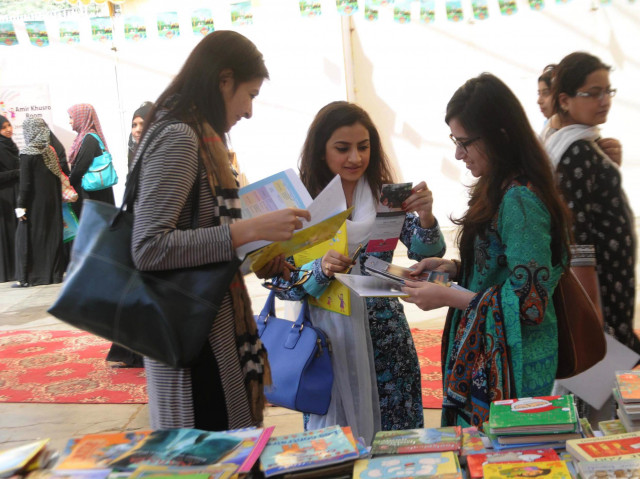
Rumana Husain speaks her mind. She believes it is not uniformity but diversity that makes Karachi what it is today. It is the differences between its inhabitants that give the city its unique character and flavour.
Husain kicked off the fourth Karachi Teachers’ Literary Conference on Thursday by urging teachers to be more aware of the diverse communities that inhabit Karachi and to transfer the knowledge to their students. “As educationists, we don’t talk about other communities. They have the same rights as we do in this city but, unfortunately, we tend to ignore them.”
Narrating excerpts from her book, Karachiwala: A Subcontinent Within a City, Husain talked at length about the different communities residing in the city and their differences in terms of language, customs and lifestyle. “There are more than 40 communities living in Karachi at present. A majority of them have migrated to Karachi at some point in the past.”
She highlighted the work of Muhammad Ayub Birwani, the man who tried to protect his goth near Mewashah Graveyard during the construction of the Lyari Expressway. “The people in this particular goth are Irani Baloch. The village itself is around 200 years old,” she explained.
She also narrated Mai Abida’s story, the legend of the red dress, where it is a custom among the women of Junagadh to only wear red after marriage. “The tradition will end with this generation as the younger ones don’t want to carry on as their ancestors did,” she explained. For Husain, this community evoked mixed feelings as she thought about the fact that no one would know about them in the future.
Accounting mesmerising tales of Zoroastrians, Goan Catholics, Sindhi Memons originating from Tharparkar and a Chishti family where every member was practicing a different sect, Husain emphasised the need for people to recognise one another as different. She also shared a moving story of Bindiya Rana and her chelas, a transgender who operates a clinic with donated medicines in Sindh and Balochistan. “Bindiya believes that poverty has a lot to do with how the society treats them. She thinks if a transgender is born in a rich family, there is better acceptability as there are exclusive professions they can adopt, while those born poor have to run away from their own families,” said Husain.
Published in The Express Tribune, February 27th, 2015.
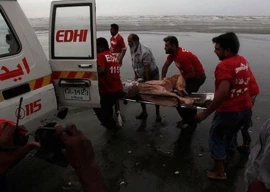

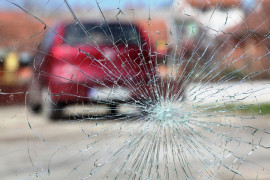
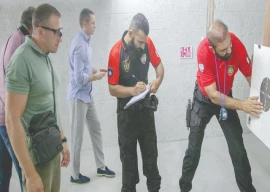

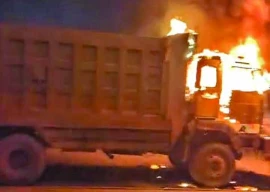
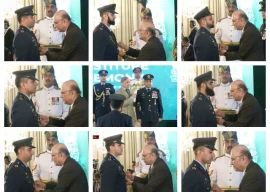
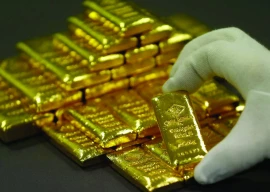
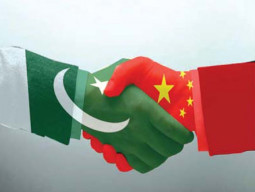
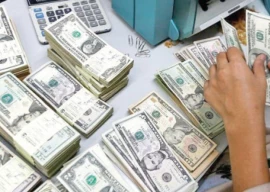
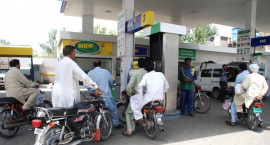
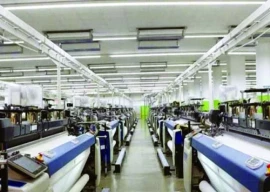
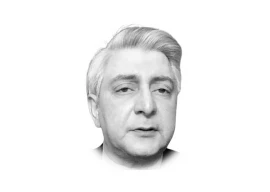






COMMENTS
Comments are moderated and generally will be posted if they are on-topic and not abusive.
For more information, please see our Comments FAQ